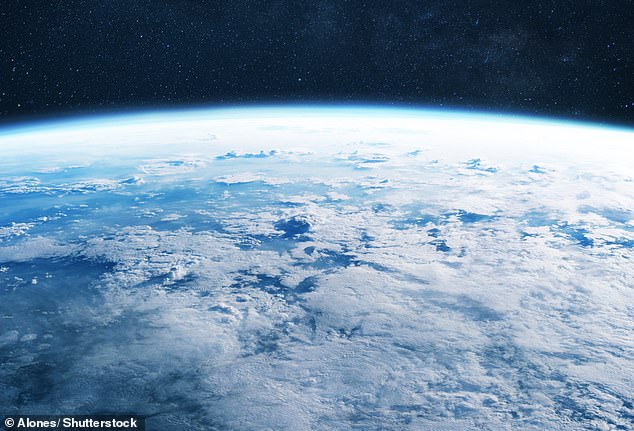
Water World Discovery Hints Millions of Planets Could Sustain Life
Scientists Discover Potential Signs of Life on Distant Ocean Planet
(Artist’s impression of K2-18b, a hycean world with potential biosignatures. Image: Daily Mail)
A groundbreaking study from the University of Cambridge suggests life may exist on K2-18b, a planet 120 light-years away in the constellation Leo. Twice Earth’s size and over eight times its mass, this "hycean" world—a rocky planet with a hydrogen-rich atmosphere and vast oceans—harbors chemicals linked to biological activity.
Key Discoveries
Using the James Webb Space Telescope (JWST), researchers detected dimethyl sulfide (DMS) and dimethyl disulfide (DMDS) in K2-18b’s atmosphere. On Earth, these compounds are exclusively produced by living organisms, primarily marine phytoplankton. The planet’s methane and carbon dioxide levels, along with an absence of ammonia, further hint at a water ocean beneath its atmosphere.
(Microscopic phytoplankton on Earth, similar to potential life on K2-18b. Image: Daily Mail)
A Universe Teeming with Life?
Experts argue K2-18b is likely not unique. “If life exists here, there are probably millions of exoplanets hosting life,” said Peter Vickers, a Durham University professor. With billions of galaxies in the universe, even a conservative estimate suggests countless habitable worlds.
A 2023 survey of 521 astrobiologists revealed 86.6% believe extraterrestrial life exists, underscoring scientific consensus. “The universe is so vast; it’d be bizarre if Earth were alone,” noted biologist Matthew Ridley.
Why Haven’t We Found Aliens Yet?
Despite optimism, no confirmed extraterrestrial life exists. Some speculate advanced civilizations might avoid “dangerous” humans. Others, like physicist Mark Buchanan, stress we’ve barely begun exploring: “Our telescopes are only now powerful enough to study exoplanets.”
(Artist’s concept of a distant exoplanet. Image: Daily Mail)
K2-18b: A Closer Look
- Discovered: 2015
- Star: K2-18 (cooler than our Sun)
- Orbital Period: 33 days
- Atmosphere: Hydrogen-rich with water vapor
While DMS levels on K2-18b are 1,000x higher than Earth’s, researchers remain cautious. Current data meets a “three-sigma” confidence level (99.7% certainty), but the gold standard for discovery is “five-sigma” (99.99994%). Upcoming JWST observations could confirm these findings within a year.
(JWST data revealed carbon molecules in K2-18b’s atmosphere. Image: Daily Mail)
The Bigger Picture
K2-18b’s potential biosphere fuels hope that life is common in the cosmos. As Ridley mused, if life arose earlier elsewhere, “super-intelligent beings” might exist. For now, scientists focus on gathering evidence—one exoplanet at a time.
Word count: ~600


